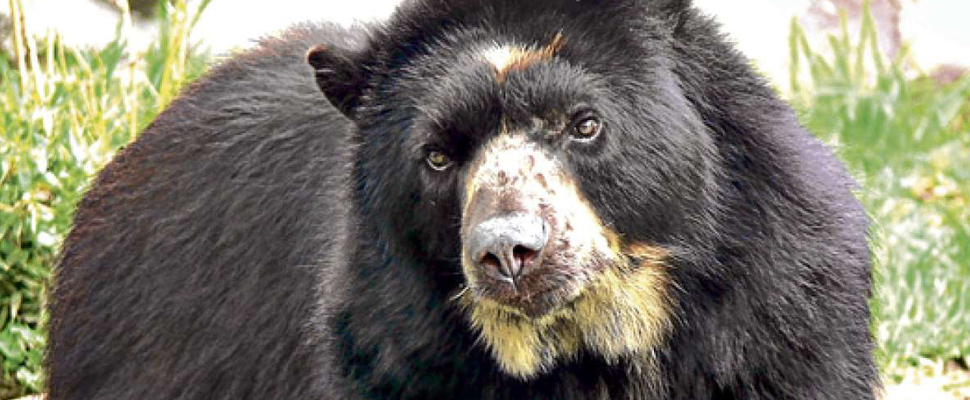Why should Latin America take care of the Spectacled Bears?
The Andean Bear is threatened due to the destruction of its habitat and the irresponsible practices of those who inhabit the territories of the species

Leer en español: ¿Por qué Latinoamérica debería cuidar a los Osos de Anteojos?
According to a census conducted in 2004, there are around 18,000 spectacled bears in South America. Experts agree that 30 percent of the habitat of this species could be lost in the next 30 years. The exaggerated felling of the forest, climate change, soil degradation, indiscriminate hunting, illicit trafficking, and beliefs in some regions that its claws have medicinal properties are its greatest threats.

This species, in danger of extinction, is the only living creature of Oso Autóctono (native bear) of South America and is exclusive of its genus, which makes its protection very important. The spectacled bear can be found from the Andes Mountain Range and Venezuela to Argentina. It inhabits the Andean humid forests with annual rainfall of more than 1000 mm. This bear is solitary, is not aggressive, and does not hibernate, unlike its brown or polar relatives. It also has diurnal habits and usually climbs the treetops to collect fruits and berries. Its unique and popular name is directly related to the light spots on its face and chest. These marks have been cataloged by expert biologists as their fingerprints, because they allow the monitoring of these animals without needing to be marked.
These bears are vitally important not only because they are a species that needs protection, but because they play a fundamental role in the distribution of various kinds of seeds. As these animals travel great extensions throughout their lives, they help to propagate seeds for territories that depend on this activity to achieve a good functioning of the ecosystem. For example, the badlands that supply water to different populations as in the case of Bogotá, need the work of these bears to operate safely.
In Colombia, according to Corpoguabio, in the Chingaza Natural Park there are between 50 and 60 spectacled bears, one of the best populations of this species in the country. In this natural park, there is the possibility of sighting them; in fact, there have been several lucky and unexpected encounters between tourists and these bears that have been viral, because this is a species extremely reserved for the human eye. Most of the time, it is only possible to monitor them through cameras and sensors installed in forests.
.
Caring for these animals has become a very important goal for the Colombian state. Currently, there is an agreement between Natural Parks, the CAR – Regional Autonomous Corporation of Cundinamarca, in English – and the Aqueduct of Bogotá to protect them.
Latin American Post | Andrea Espitia
Translated from ” ¿Por qué Latinoamérica debería cuidar a los Osos de Anteojos?”





